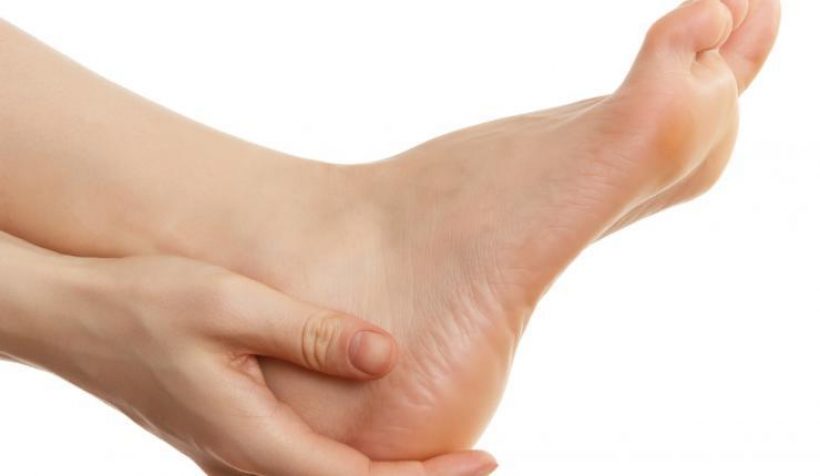
Sever’s disease causes heel pain in children and adolescents. It is more common in very active children who do sports that involve a lot of running and jumping. It is worse during spurts of growth in children between the ages of 8-14. It seems to be more common in boys than girls.
Aetiology
Sever’s disease is otherwise called Calcaneal aphophisitis. It occurs when the bones of the lower leg and the calf muscles are growing at different rates. The calf muscles then begin to pull on the calcaneal bone at its insertion at the heel causing pain and tenderness. This can effect one or both limbs. Scans are not required for the diagnosis of this condition.
Signs and Symptoms
- pain in the heel during or after activity
- a noticeable limp
- swelling and tenderness over the heel bone
Treatment for Sever’s
Ceasing sporting activity temporarily can considerably help this condition but this is not always an easy option for an activity driven child. Using ice after activity over the heel can help to reduce inflammation. Heat over the muscle belly also offers some relief. You may wish to chat to your Osteopath or Sports Coach on how to best modify your sport/training to enable continuation of play.
It is important to stretch the calf musculature regularly to maintain and encourage length in these tissues. Please chat to your Osteopath on how best to do each calf stretch.
Make sure sporting shoes fit well and have adequate cushioning in the sole. Sorbothane insoles or gel heel pads may be beneficial.
Osteopathic treatment can aid in encouraging appropriate hip, knee and foot mechanics. It can also help to maintain softness through the musculature and combat any compensatory patterns that occur due to limping.
Outcomes
Sever’s may be an active condition for up to 3 months but may recur over a period of a few years. It does not cause any lasting issues in this area.